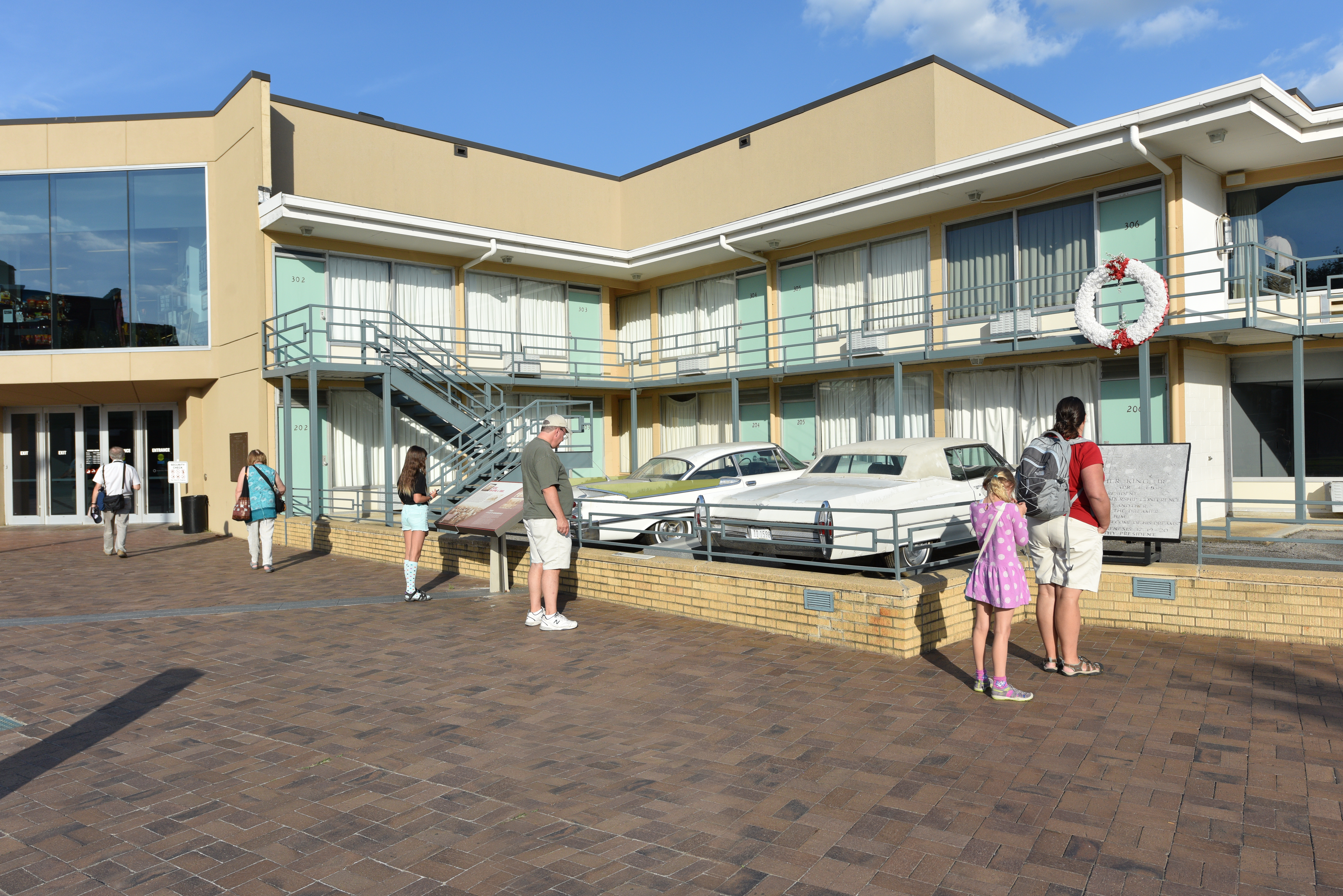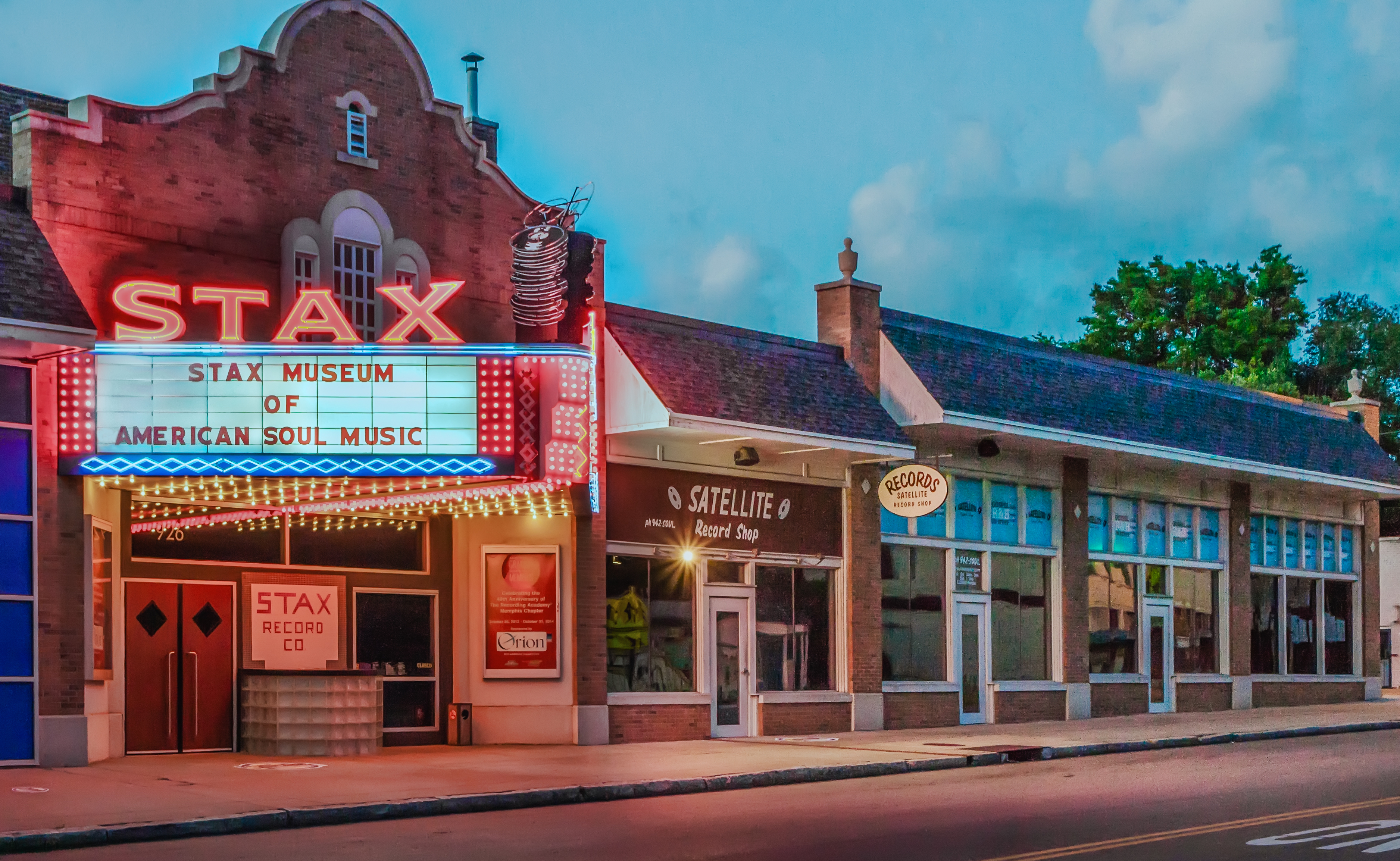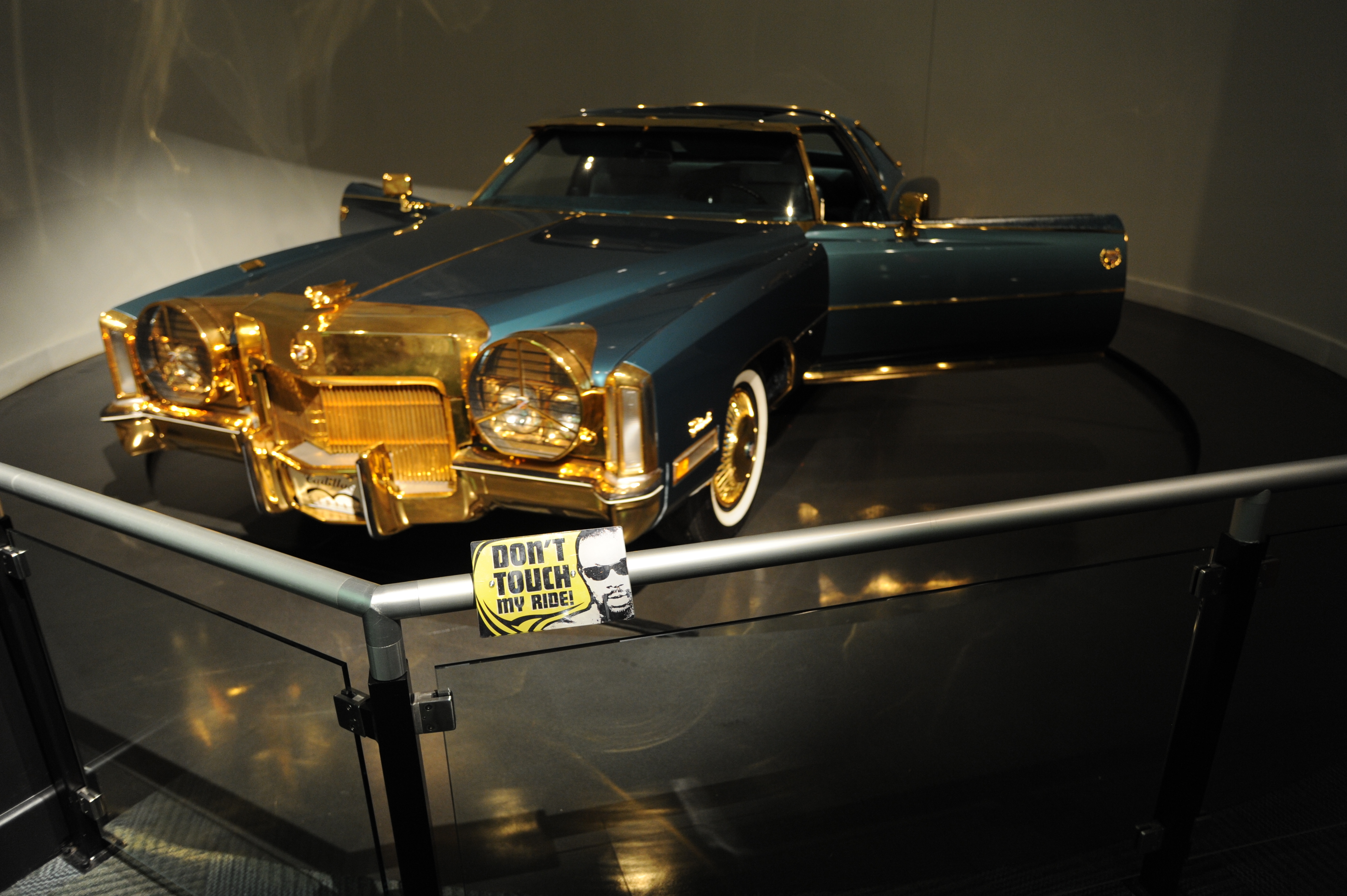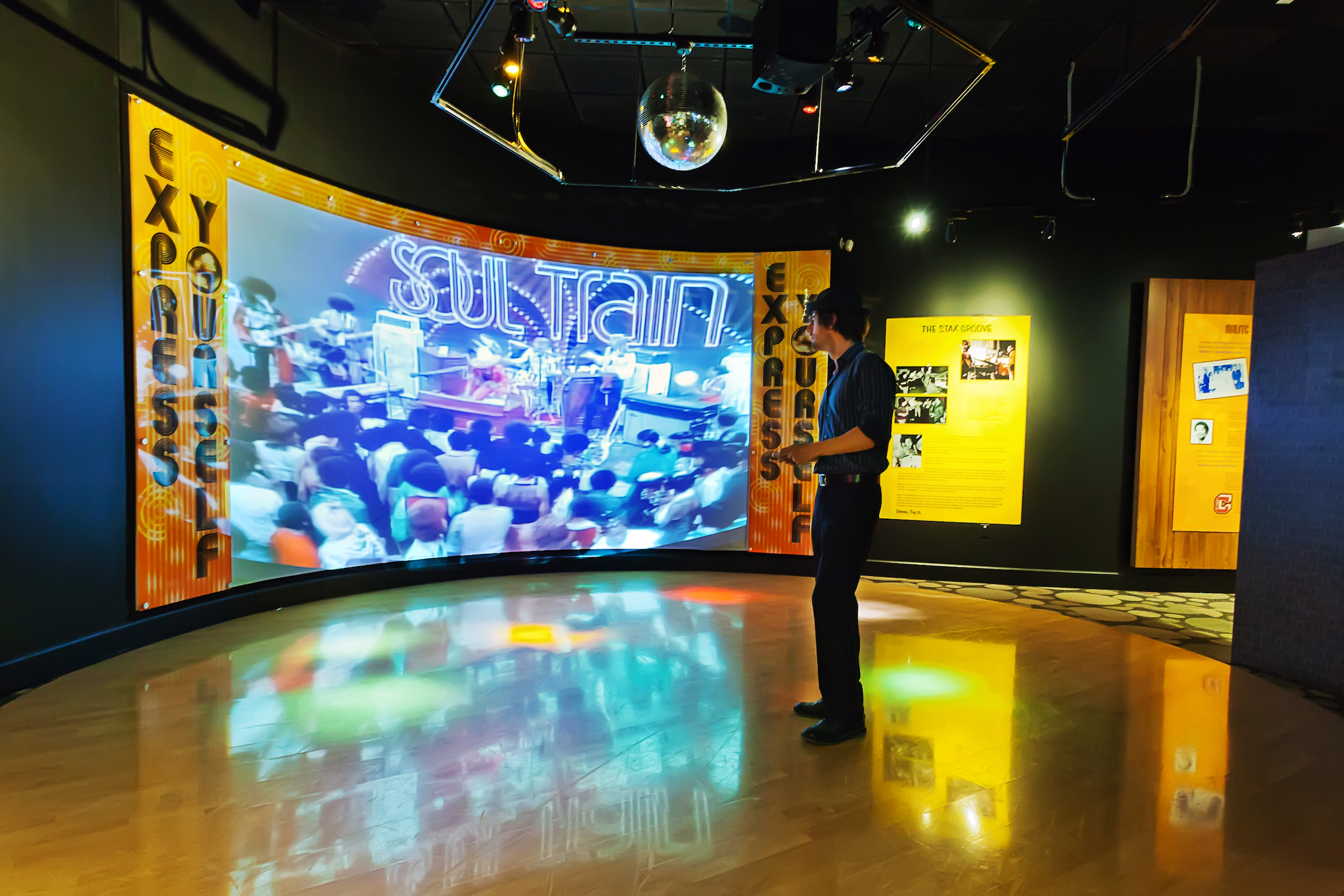
Save for the wreath pinned to the front of the second-floor balcony, this could be any run-of-the-mill motel.
However, I am standing on one of the 20th Century’s most infamous crime scenes.
As the hymn Precious Lord, Take My Hand softly plays, visitors peer through glass into two unremarkable hotel rooms.
There is little to suggest events which changed the course of American history…two single beds, a couple of half-empty teacups, some ashtrays and a ’60s TV set, antenna protruding from the top of the box.
Yet it is here, outside rooms 306 and 307 of the Lorraine Motel in Downtown Memphis where, at 6.01pm on April 4, 1968, Martin Luther King, visiting the city to support striking sanitation workers, was gunned down by a sniper.
The restored rooms now form the centrepoint of a Civil Rights Museum fashioned around the former motel.
With Memphis this year celebrating its 200th anniversary, there is the feeling of standing on history’s doorstep.
Leaving the hushed atmosphere around rooms 306 and 307, you head across the street to step into assassin James Earl Ray’s boarding house hideaway.
From there, look back across the street through the bathroom window where he fired the fatal shot.
You can board a bus next to a figure of Rosa Parks, the civil rights pioneer who refused to give up her seat for a white man.
Another reconstruction shows the charred remains of a firebombed bus, honouring the Freedom Riders who travelled around the south to test desegregation laws and frequently found themselves under attack.
MLK was the Lorraine Motel’s most distinguished guest but, in its heyday, it welcomed thousands of musicians who would perform in noisy juke joints around the city.
At night, Beale Street remains awash in neon lights, music blaring out of every window and doorway.
The Rum Boogie Cafe is worth visiting for the 200 guitars, autographed by the greats, draped around the bar while the cape worn by Isaac Hayes when he collected the Oscar for Shaft takes pride of place on the bar’s wall.
A raucous blues band do an admirable job of living up to the street’s storied past as we catch the end of their set.
After a couple of drinks, it’s time for an early night to prepare for an appointment at the home of Southern soul early the next day.
From the late ’50s, Stax Records nurtured a heavyweight roster including Otis Redding, William Bell, Booker T & The MGs and Mavis Staples.
Standing under the glistening, cinema-style, Stax Of Wax marquee is a thrill in itself. Here, on the label’s original site, in the neighbourhood dubbed Soulsville, stands the Stax Museum Of American Soul Music.
Inside the small theatre, it feels like the great and good of Memphis have dropped by for the afternoon.
A few rows along sits legendary Deanie Parker, former Stax head of publicity whose association with the label stretches back nearly 60 years, and a grandee of the not-for-profit foundation which looks after the museum.
She is joined by Amy Jackson, wife of legendary Memphis Horns trumpet player Wayne, who campaigns to source unpaid royalties for session musicians, many now in their 80s.
If you’ve ever fallen under the sugar-rush spell of masterpiece 45s such as Jean Knight’s Mr Big Stuff, Carla Thomas’s B-A-B-Y or the Staple Singers’ Heavy Makes You Happy (Sha-Na-Boom Boom), you will happily spend hours here.
There is a recreation of Stax’s famed Studio A, and, poignantly, the saxophone belonging to Phalon Jones, salvaged from the wreckage of the plane crash which claimed eight lives, including those of Otis Redding, Phalon, and three of his Bar-Kays bandmates in December, 1967.
A county church, built in the Mississippi Delta in 1906, has been reassembled inside the museum in its entirety, from its handcarved pews to original pulpit and cast-iron stove, standing as testament to Stax artists’ gospel roots.
Further on, Isaac Hayes’ 1972 Cadillac El Dorado is the coolest car I’ve ever seen.
Gifted to the flamboyant singer-songwriter-producer by the motor company to celebrate the release of his Black Moses album, it revolves to show off every gleaming feature, from its gold trimmings and white fur lining to in-car luxuries such as a fridge and TV.
At this point, the nagging hi-hat beat and wah-wah guitar which introduces the Theme From Shaft inevitably comes to mind.
It’s still playing inside my head when we take a drive out to the Four Way Grill.
Opened in 1946, the restaurant expanded from a small table or two in the corner of a pool hall, serving hot dogs, sandwiches and beer, to become a meeting place for everyone from Martin Luther King and Jesse Jackson, to Elvis and Aretha Franklin.
The turkey, with sage dressing and giblet gravy, along with fried green tomatoes and sweet potato pie, is like Thanksgiving come early. Insanely delicious.
Now, back to my hotel to sleep it off.
Still can’t shake that Shaft beat…
Facts
Call Barrhead Travel on 0141 222 2223 or visit barrheadtravel.co.uk. See also memphistravel.com, Ilovememphisblog.com, civilrightsmuseum.org,
staxmuseum.com and huhotelmemphis.com,

Enjoy the convenience of having The Sunday Post delivered as a digital ePaper straight to your smartphone, tablet or computer.
Subscribe for only £5.49 a month and enjoy all the benefits of the printed paper as a digital replica.
Subscribe

 © Ronnie Booze
© Ronnie Booze
 © Ronnie Booze
© Ronnie Booze